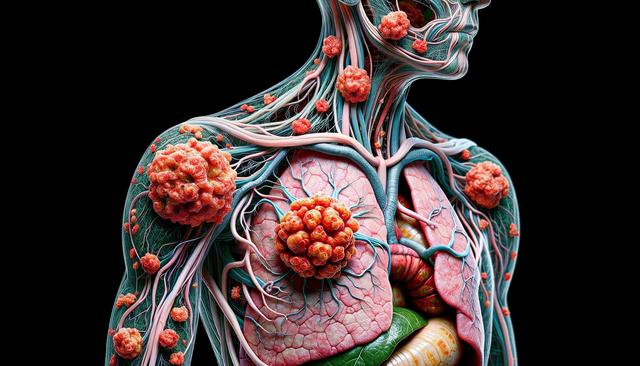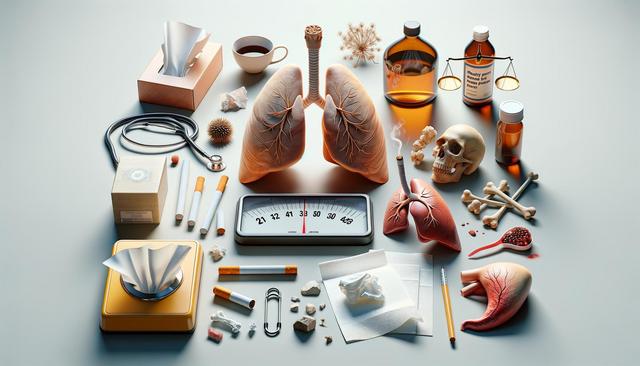What is Basal Cell Skin Cancer?
Basal cell skin cancer is the most common form of skin cancer and originates in the basal cells—small, round cells found in the lower part of the epidermis. These cells are responsible for producing new skin cells as old ones die off. Though considered slow-growing and less likely to spread than other types of skin cancer, basal cell carcinoma (BCC) still requires prompt medical attention. It primarily results from prolonged exposure to ultraviolet (UV) radiation from the sun or tanning beds. Early diagnosis significantly increases the likelihood of effective treatment and recovery.
BCC typically develops in areas of the body that receive the most sun exposure. However, it can also appear in less obvious places, especially if there has been significant UV exposure over the years. While this type of cancer rarely spreads (metastasizes) to other organs, untreated lesions can grow deeper into surrounding tissues and cause considerable damage.
Common Symptoms to Watch For
The symptoms of basal cell skin cancer can vary, but there are several typical signs that may indicate its presence. These symptoms may appear slowly and often go unnoticed at first. It’s essential to monitor any changes in your skin and consult a healthcare provider if you notice anything unusual. Some of the most common symptoms include:
- A pearly or waxy bump on the skin, often flesh-colored or pink
- A flat, scaly patch that may be reddish or brown and resemble a scar
- Open sores that do not heal or repeatedly bleed and crust over
- A bump that itches, hurts, or grows over time
These symptoms may be mistaken for benign skin conditions, such as pimples or rashes. However, the persistence of these lesions is a key differentiator. Any bump or patch that doesn’t heal within a few weeks should be evaluated by a dermatologist.
Where on the Body It Typically Appears
Basal cell carcinoma most commonly develops on skin that is frequently exposed to the sun. This includes areas such as:
- Face, especially the nose and cheeks
- Neck and scalp
- Shoulders and back
- Arms and hands
Although these are the most common sites, it’s also possible for BCC to arise in areas not typically exposed to sunlight, such as the chest, abdomen, or legs. This is more often seen in individuals with extensive sun exposure history or those with a compromised immune system. It’s important to conduct regular full-body skin checks, especially for individuals with a history of sunburns or tanning bed use.
Can Basal Cell Skin Cancer Spread?
Unlike other skin cancers, basal cell carcinoma rarely spreads to distant parts of the body. However, that doesn’t mean it’s harmless. If left untreated, BCC can grow into nearby tissues, including muscles and bones, which can lead to disfigurement and more complex treatment requirements. The potential for local invasion is why early detection and action are essential.
In rare cases, especially when the tumor is large, neglected, or located in high-risk areas like the ears or nose, basal cell carcinoma can metastasize. Certain subtypes of BCC, such as morpheaform or infiltrative types, are more aggressive and may require a more comprehensive treatment plan involving surgery, radiation, or topical medications.
Risk factors for spreading include:
- Delayed treatment
- A weakened immune system
- Large or recurrent tumors
- Genetic predispositions
Consulting a dermatologist for suspicious lesions and following up with recommended treatments significantly reduces the risk of complications.
Prevention and Regular Monitoring
Preventing basal cell skin cancer involves minimizing exposure to UV radiation and being vigilant about skin health. Key preventive measures include:
- Wearing sunscreen with SPF 30 or higher daily
- Using protective clothing and wide-brimmed hats
- Staying in the shade during peak sun hours (10 a.m. to 4 p.m.)
- Avoiding tanning beds entirely
Regular skin checks—both self-examinations and annual visits to a dermatologist—are critical. Early detection allows for less invasive treatment options and a higher chance of full recovery. For those with a history of skin cancer or high sun exposure, a more frequent screening schedule may be advised.
In addition to preventative steps, maintaining a healthy lifestyle can support your skin’s natural defenses. This includes staying hydrated, eating a balanced diet rich in antioxidants, and avoiding smoking, which can damage skin tissue and reduce immune function.
Conclusion: Stay Aware and Take Action
Basal cell skin cancer may be slow to grow, but it should never be ignored. Knowing the symptoms, understanding where it commonly appears, and recognizing the potential for local spread are vital steps in managing your skin health. By taking preventive measures and staying alert to changes in your skin, you can reduce your risk and ensure timely treatment if needed. Regular check-ups with a dermatologist and protecting your skin from UV exposure are among the most effective strategies for maintaining long-term skin health. If you notice anything unusual, don’t delay—early action can make a significant difference.


